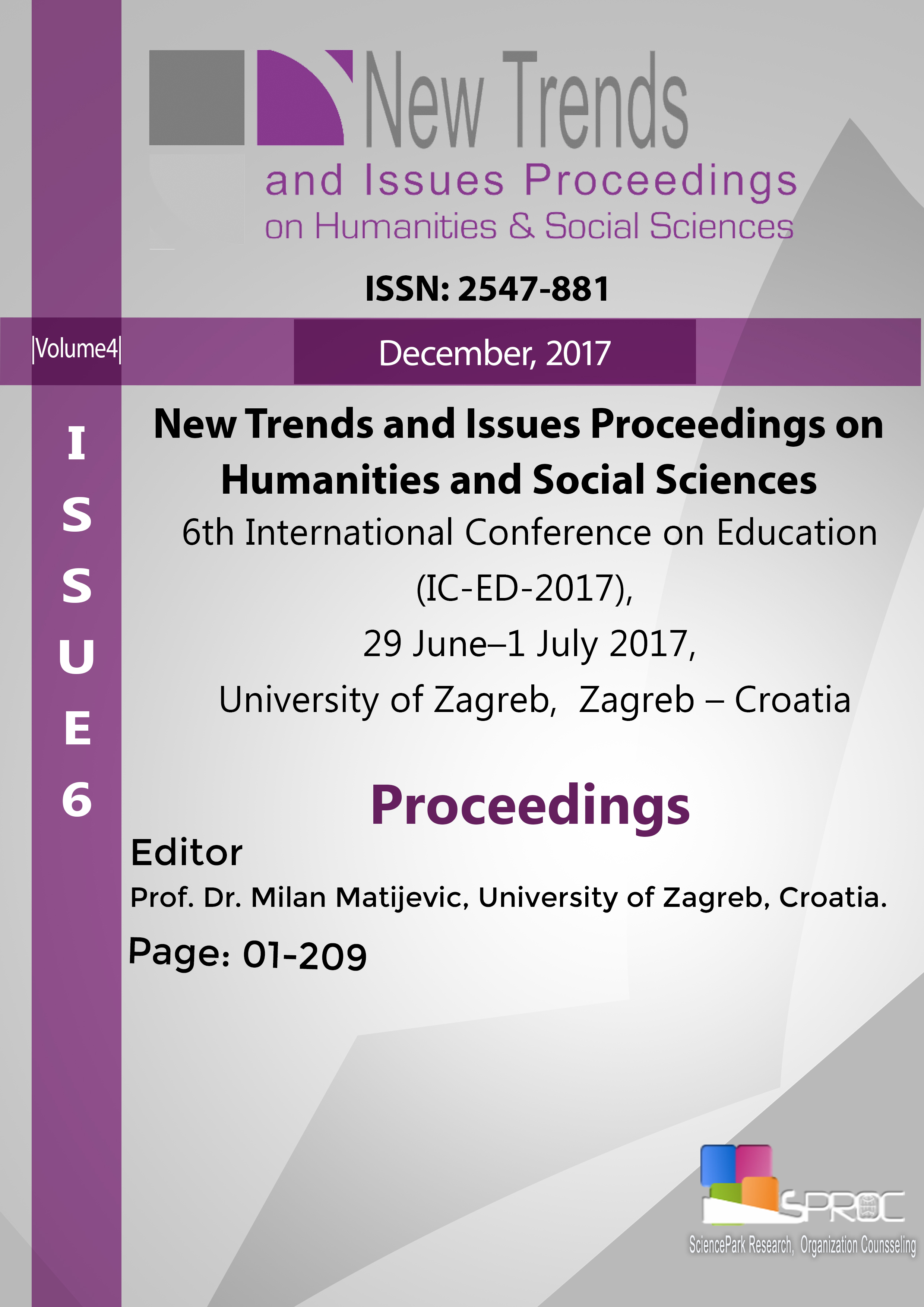Intercultural communication in the space of higher education: issues of theory and practice
Main Article Content
Abstract
This paper aimed at exploring and discussing modern methods of teaching and learning of inter-cultural communication in higher school. To fulfil the study, both general scientific methods and methods of a number of humanities were applied including an inter-disciplinary approach and philosophy of synergetics. The survey and interviews with direct questions were conducted among students. As the result of the research, discussions on methods of introducing students cross-cultural knowledge and practical skills were held, and the preferences of the students on the issues of learning and teaching intercultural communication were revealed. The most effective methods and approaches to teaching and learning inter-cultural communication in higher school are the philosophy of synergetics and the dialogue style of communication in the classroom. A key challenge for further research is to identify dimensions for inter-cultural competence measurement.
Keywords: Inter-cultural communication, philosophy of synergetics, dialogue style, inter-disciplinary approach.
Downloads
Article Details

This work is licensed under a Creative Commons Attribution 4.0 International License.
Authors who publish with this journal agree to the following terms:- Authors retain copyright and grant the journal right of first publication with the work simultaneously licensed under a Creative Commons Attribution License that allows others to share the work with an acknowledgement of the work's authorship and initial publication in this journal.
- Authors are able to enter into separate, additional contractual arrangements for the non-exclusive distribution of the journal's published version of the work (e.g., post it to an institutional repository or publish it in a book), with an acknowledgement of its initial publication in this journal.
- Authors are permitted and encouraged to post their work online (e.g., in institutional repositories or on their website) prior to and during the submission process, as it can lead to productive exchanges, as well as earlier and greater citation of published work (See The Effect of Open Access).
